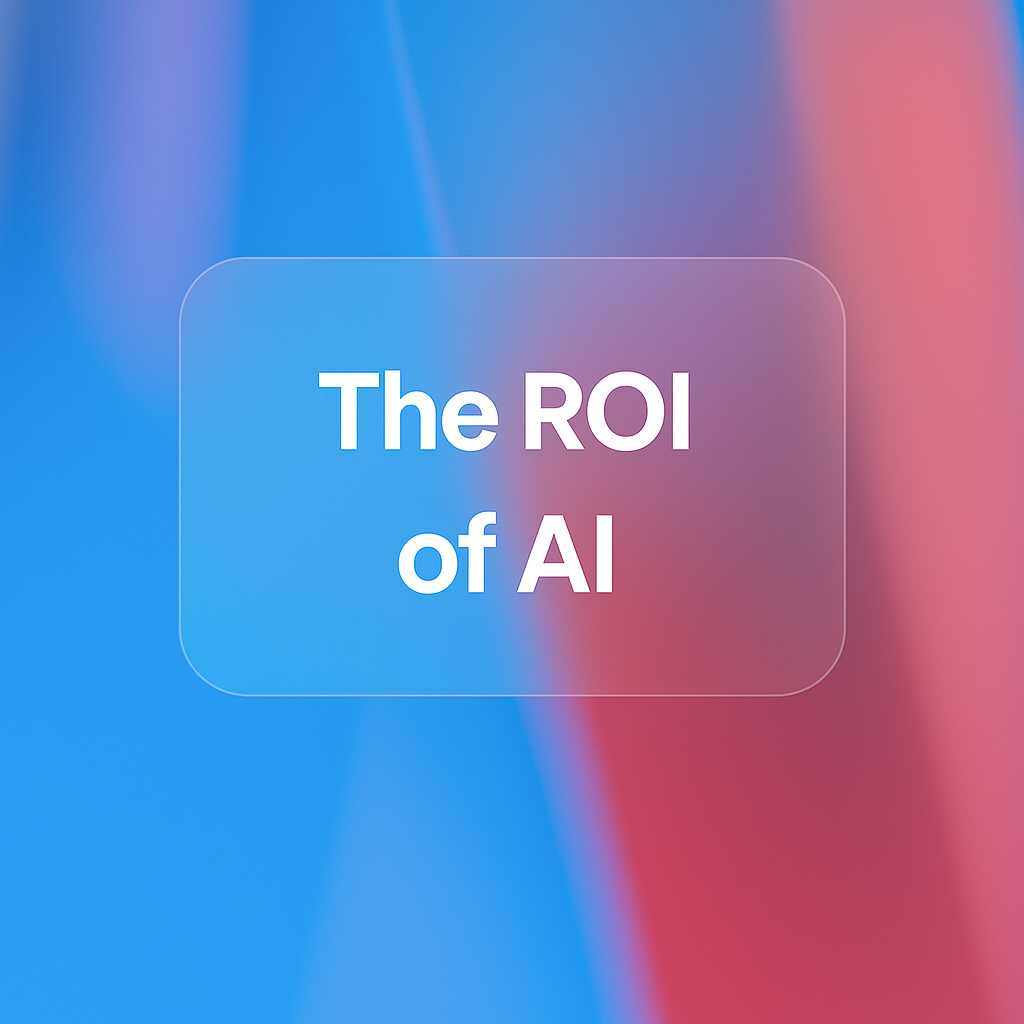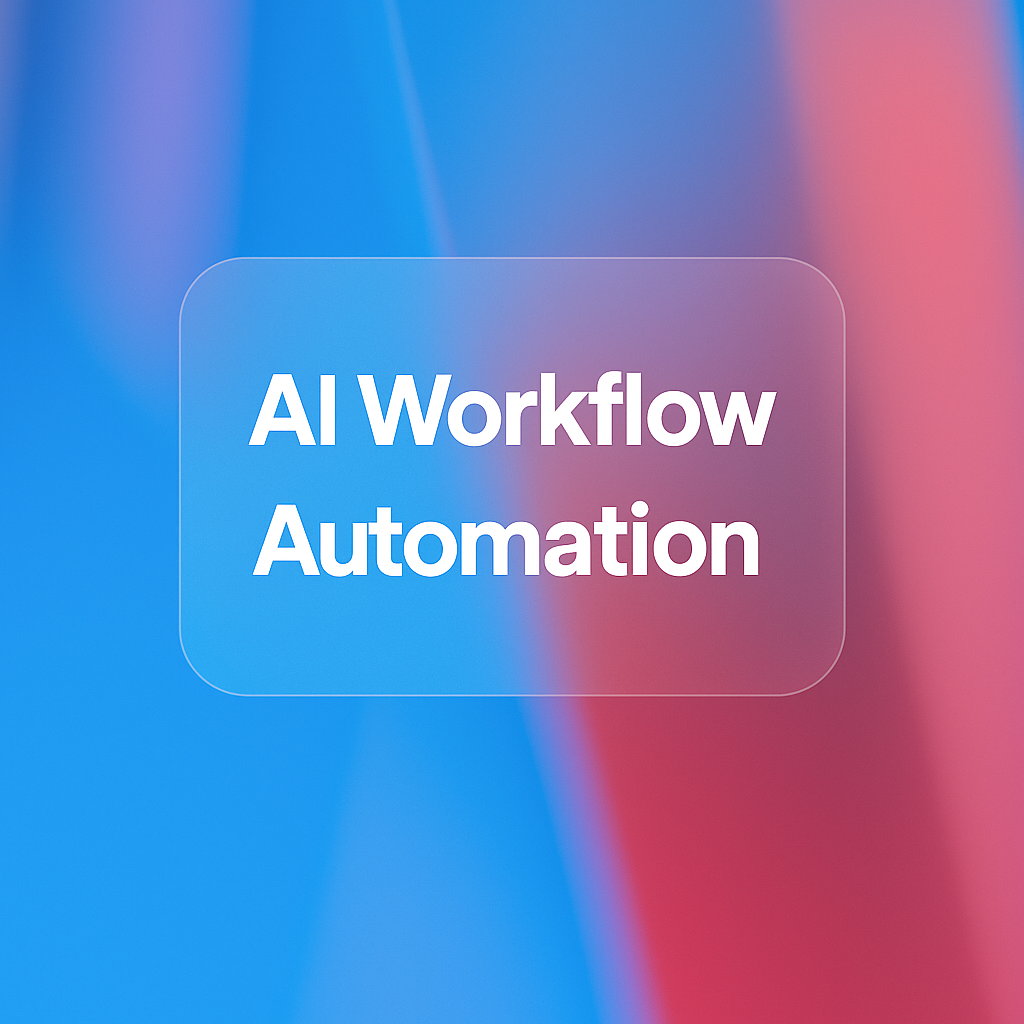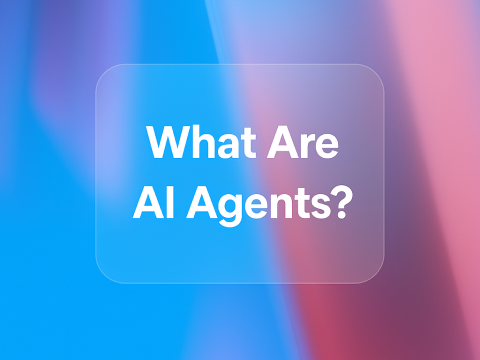
The ROI of AI: Measuring What Actually Matters
Most companies measure AI success by cost savings—but the real ROI comes from competitive advantages, innovation, and long-term strategic value. Learn how to measure what truly matters.
When it comes to getting the most out of generative AI tools, there’s one fundamental truth that separates power users from frustrated beginners: it’s all about the prompt. Whether you’re a busy executive trying to streamline communications, a marketing professional crafting compelling content, or a project manager juggling multiple deadlines, the way you communicate with AI directly determines the quality of results you’ll receive.
Think of prompting as having a conversation with an incredibly knowledgeable colleague who’s eager to help but needs clear direction. The more specific, contextual, and well-structured your request, the more valuable their assistance becomes. Let’s dive into the art and science of effective prompting that will transform how you work with AI.
Effective prompts share several key characteristics that distinguish them from casual requests. A well-crafted prompt includes context, specific instructions, desired format, and clear expectations.
Instead of asking “Help me write an email,” a strategic approach would be: “I need to write a follow-up email to a potential client who attended our product demo last Tuesday but hasn’t responded to our initial proposal. The tone should be professional yet friendly, acknowledging their busy schedule while gently encouraging next steps.”
The difference in output quality between these two approaches is remarkable. The first generates generic content that requires extensive editing, while the second produces targeted, actionable communication that often needs minimal refinement.
Executives typically need concise, actionable insights that support decision-making. When prompting for executive-level content, frame requests around strategic outcomes and time constraints.
For example: “Summarize the key risks and opportunities from our Q3 market analysis in three bullet points, focusing on factors that could impact our expansion strategy over the next six months.”
Marketing professionals should leverage AI’s creative capabilities while maintaining brand consistency. Effective marketing prompts include target audience details, brand voice guidelines, and specific campaign objectives.
Consider this approach: “Create three social media post variations for LinkedIn targeting B2B decision-makers in the healthcare industry. The tone should be authoritative yet approachable, highlighting our new compliance feature while incorporating our brand message of ‘simplifying complex processes.’”
Project managers benefit from prompts that emphasize structure, timelines, and stakeholder communication. When requesting project-related assistance, include relevant constraints and stakeholder perspectives.
For instance: “Draft a project status update email for stakeholders that addresses the two-week delay in Phase 2, explains the technical challenges we encountered, and presents three options for getting back on track, with each option’s impact on budget and timeline clearly outlined.”
Before diving into advanced techniques, let’s establish a proven framework that consistently delivers high-quality results. Here’s the professional prompt template that top AI users rely on:
Here’s how a marketing manager might use this template for a product launch email:
This structured approach transforms vague requests into precise instructions that generate targeted, professional results every time.
Context is the foundation of effective prompting. AI performs significantly better when it understands the broader situation surrounding your request.
Instead of jumping straight to your ask, provide relevant background information that helps the AI understand the stakes, constraints, and desired outcomes.
Treat prompting as an iterative process rather than a one-shot attempt. Start with a solid foundation prompt, then refine based on the initial output.
Begin with your core request, evaluate the response, then follow up with refinement prompts like: “The tone is perfect, but can you make the first paragraph more compelling by leading with a surprising statistic?”
One of the most powerful advanced techniques involves assigning specific personas to the AI. This approach leverages the AI’s ability to adopt different perspectives and communication styles.
Try this: “Acting as an experienced customer service manager with 10 years in SaaS companies, draft a response to this frustrated customer email that acknowledges their concerns, explains our position, and offers three concrete solutions.”
Overly broad requests like “improve this document” lead to generic suggestions. Be specific—clarify whether you want structural changes, tone edits, or added content.
Don’t assume the AI knows your context or industry. Spell out acronyms, explain your use case, and provide company or audience details every time.
Expecting perfect results on the first try will only lead to disappointment. Think of the first draft as a collaborator’s suggestion, not a final product.
Drafting patient instructions, appointment reminders, or compliance summaries? Use prompts that include patient demographics, medical literacy levels, and regulatory context.
Financial content should be specific about risk tolerance, regulatory frameworks, and disclosure requirements. Otherwise, you’ll get vague, generic results.
Include technical specs, user roles, and integration constraints. Whether it’s code documentation or feature updates, details make or break the result.
Track time saved, revisions needed, and overall quality. Save and reuse high-performing prompts. Create templates for repeatable tasks to scale your success.
Prompting is no longer just an AI skill—it’s a core professional capability. Those who learn how to guide AI with precision will outperform those who don’t.
Mastering prompts means mastering productivity. As AI becomes more integrated into workflows, prompting will define who leads and who lags.

Most companies measure AI success by cost savings—but the real ROI comes from competitive advantages, innovation, and long-term strategic value. Learn how to measure what truly matters.

Tired of drowning in repetitive tasks and disorganized systems? Learn how AI workflow automation can turn daily chaos into streamlined clarity, freeing up your time for what really matters.

Imagine a digital teammate who not only understands your goals but takes initiative, researching, planning, and executing tasks while you focus on the big picture. That’s the promise of AI agents: intelligent, autonomous systems reshaping how modern work gets done.

Unlocking AI’s full potential doesn’t start with the tech, it starts with your words. A well-crafted prompt is your golden key to better outputs, faster workflows, and smarter results. Master the art, and watch GenAI become your most powerful collaborator.
Navigation
Industries
Roles
Categories
2025 © UseGen.ai. All rights reserved.